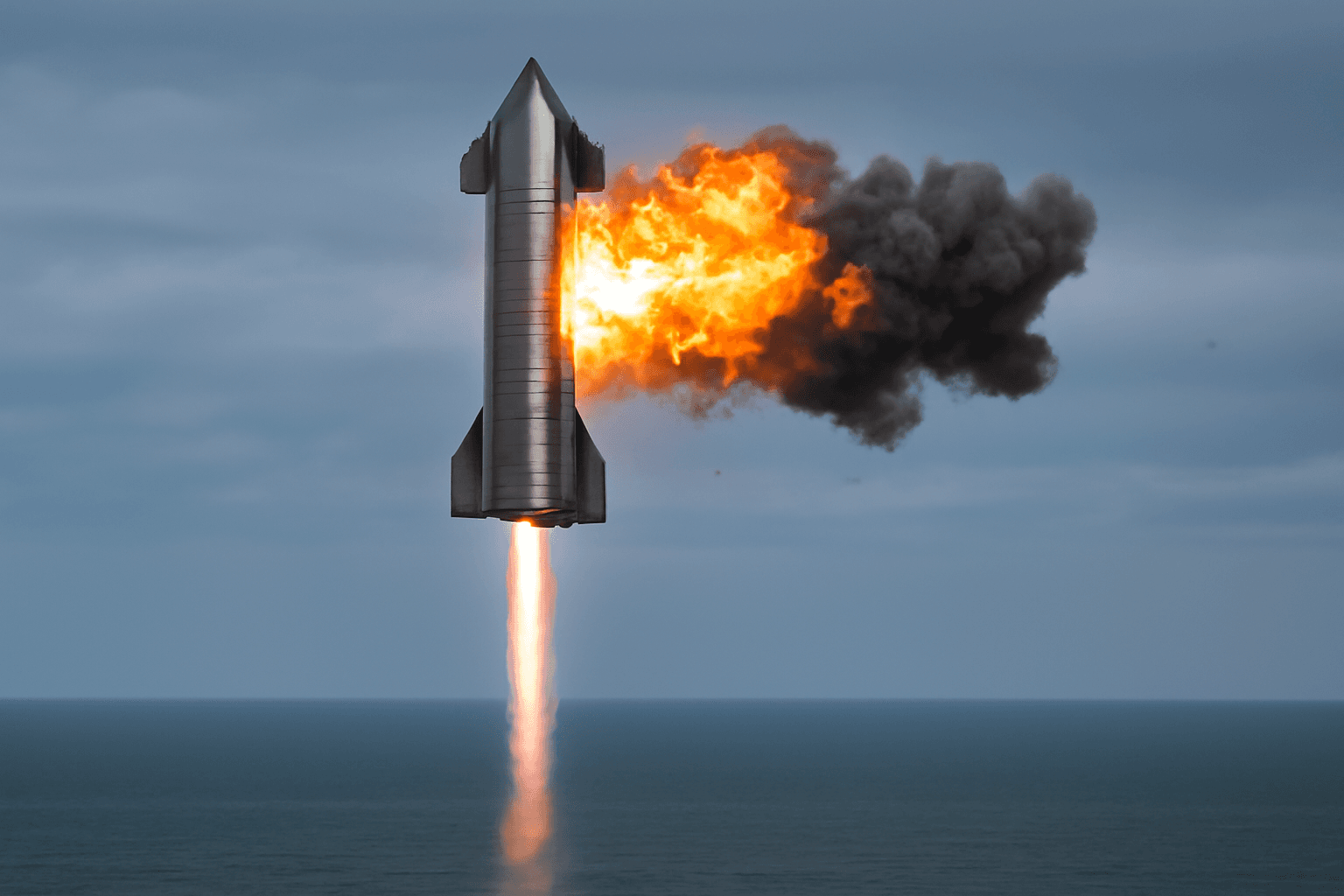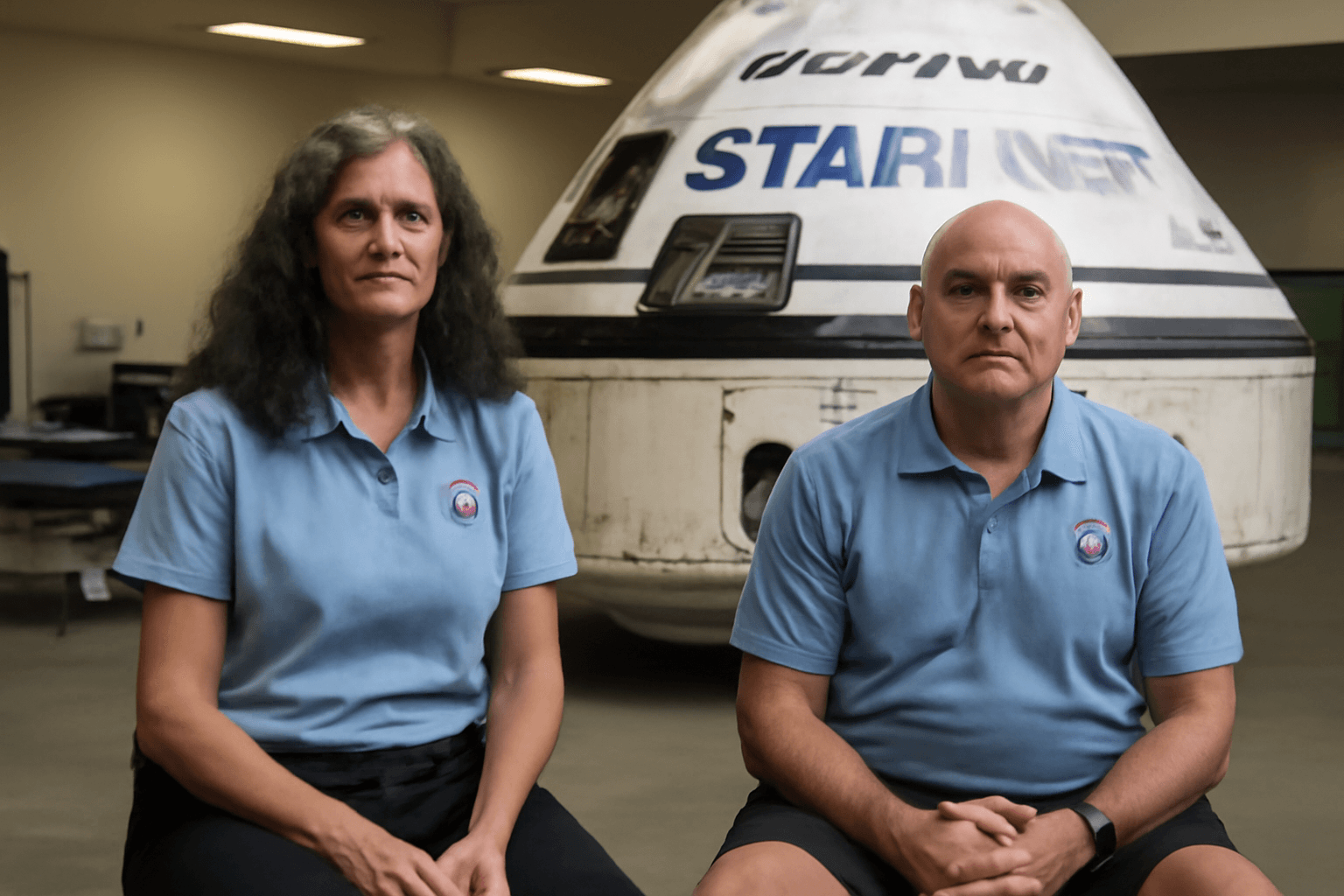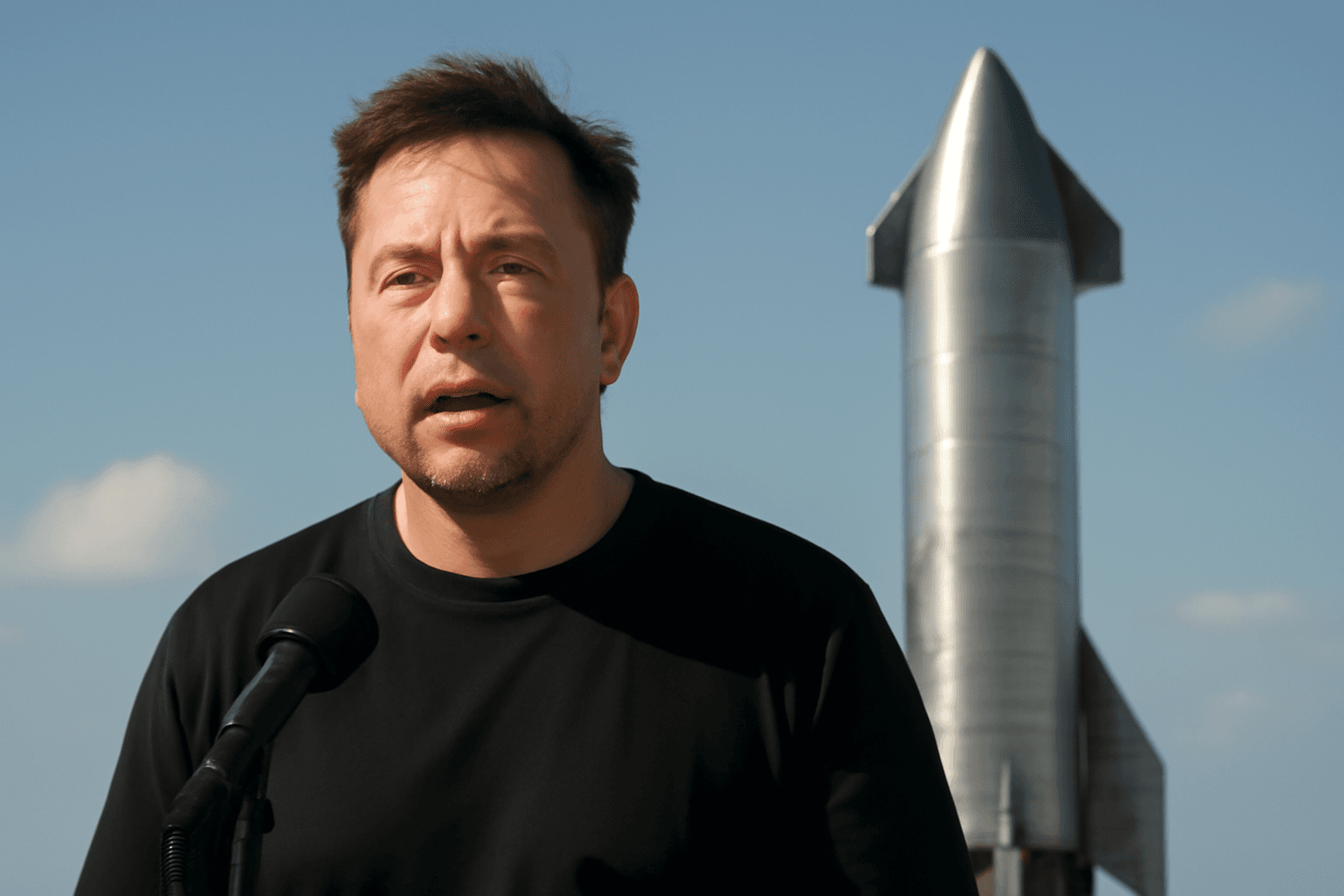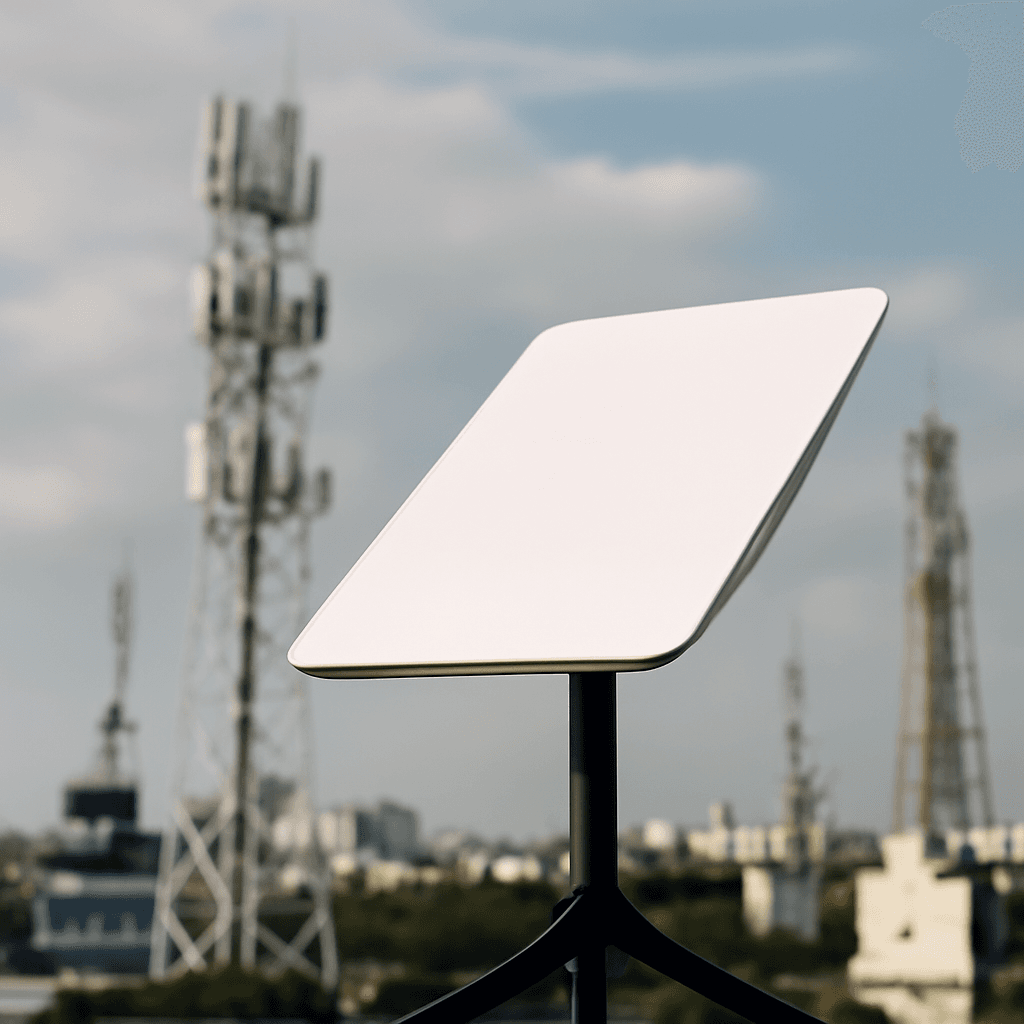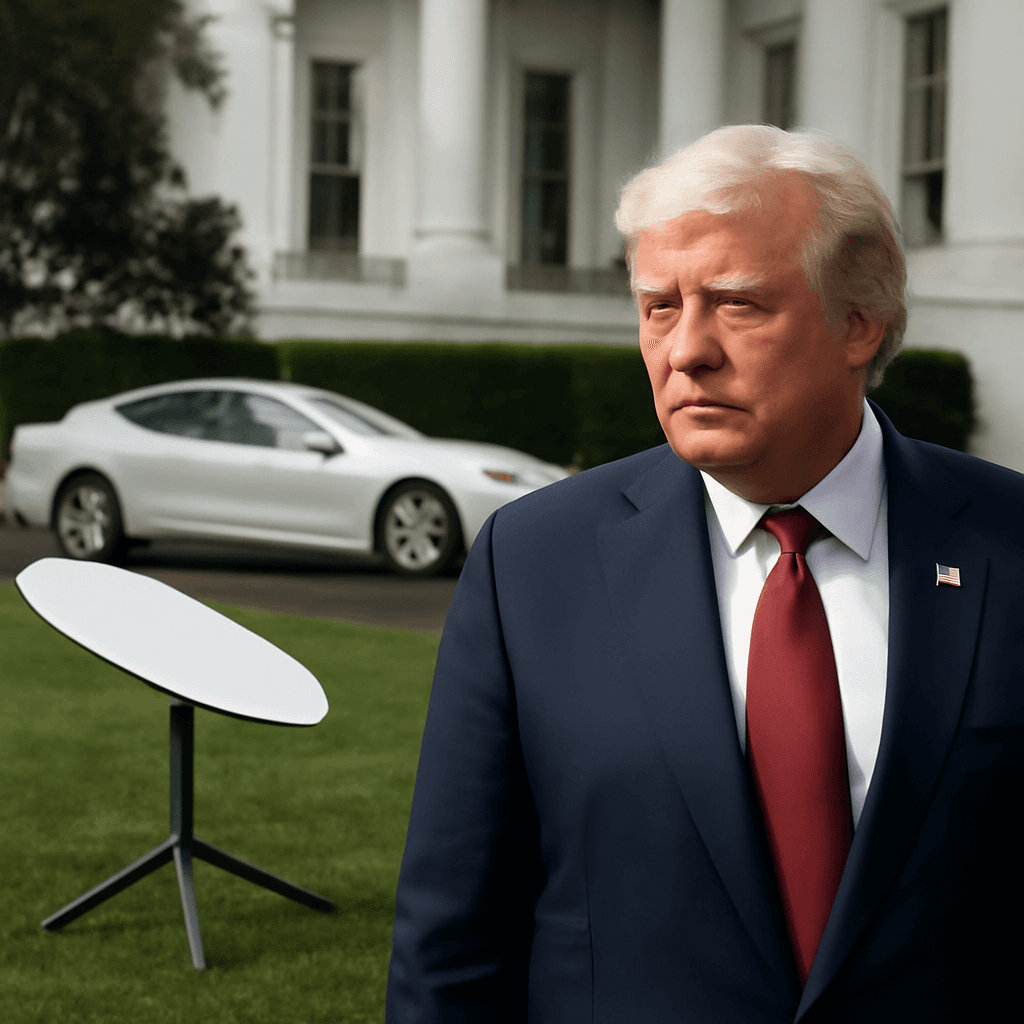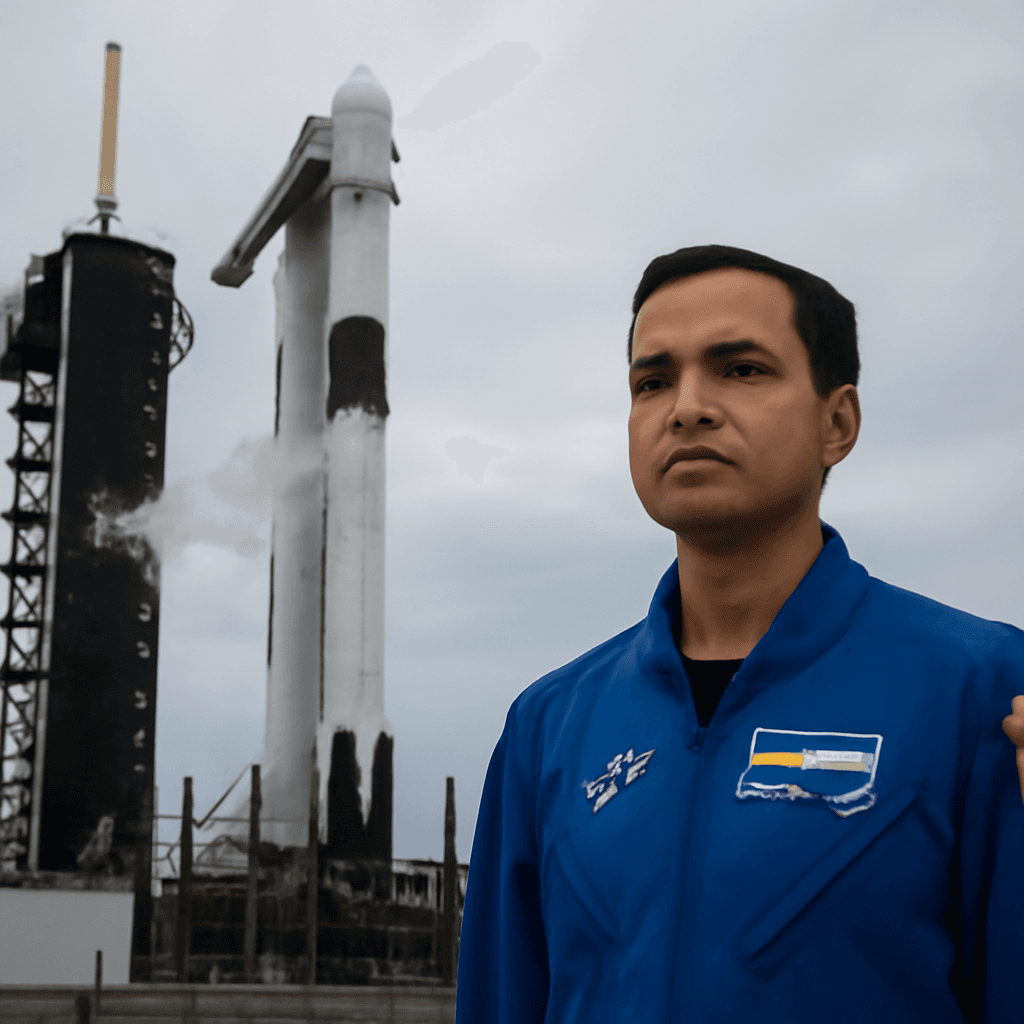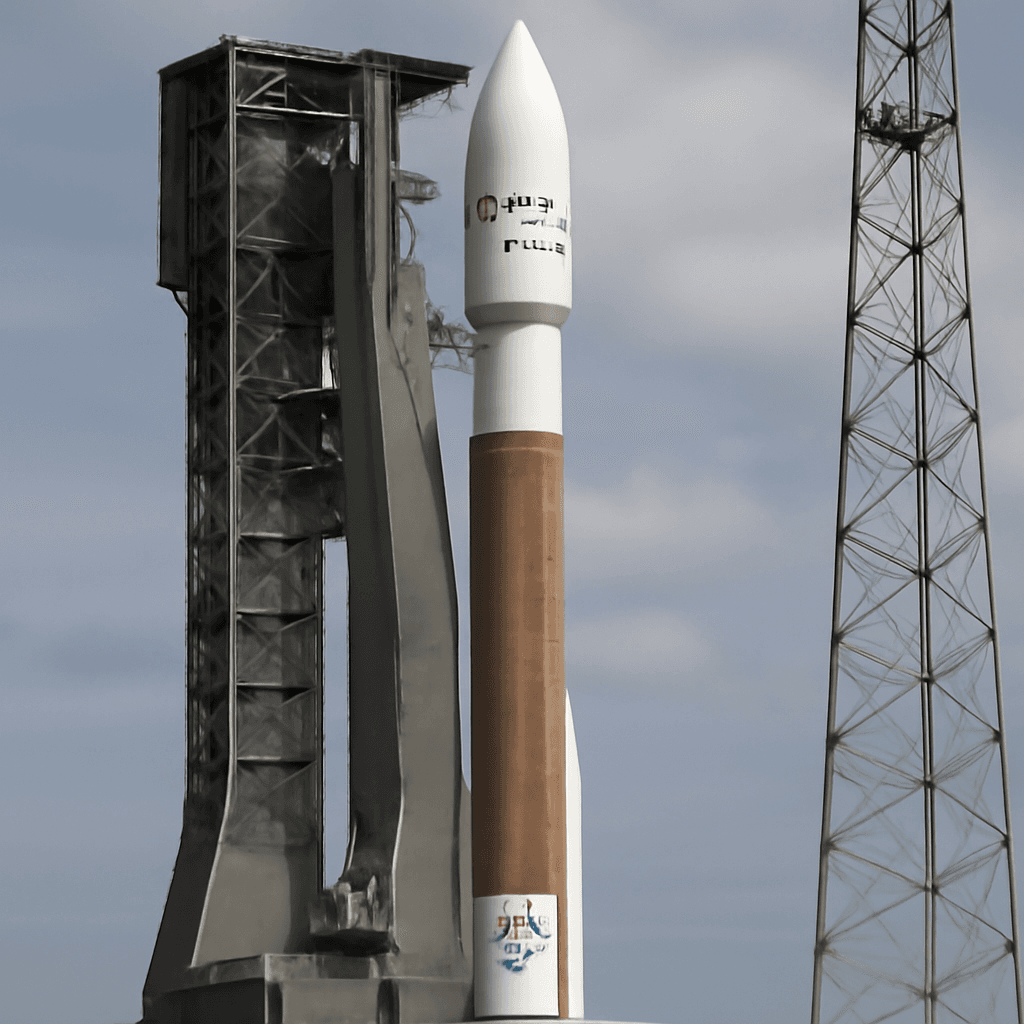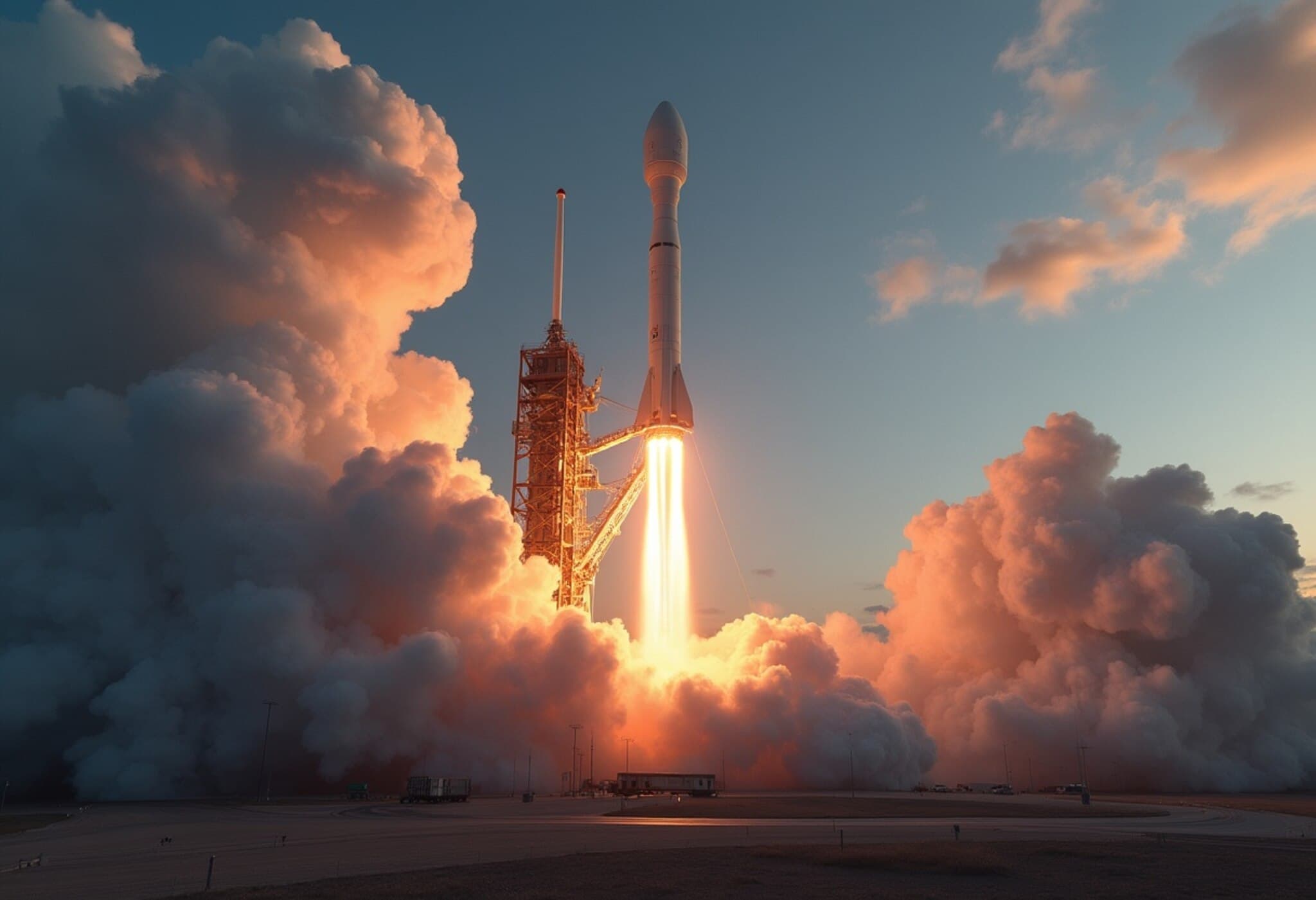Amazon Teams Up with SpaceX to Propel Kuiper Satellite Network Forward
In a striking twist of cooperation amid fierce competition, Amazon has enlisted Elon Musk's SpaceX to launch its next batch of Project Kuiper internet satellites. This move illustrates the accelerating race to dominate global broadband connectivity through satellite constellations.
The Mission Details: Launching 24 Kuiper Satellites
Weather permitting, a SpaceX Falcon 9 rocket will lift off from Florida’s Space Coast, carrying 24 Kuiper satellites into low Earth orbit. Scheduled for a 2:18 a.m. ET launch window, this mission—codenamed "KF-01"—marks Amazon's third satellite deployment, increasing its constellation to 78 orbiting units.
A Rare Collaboration Between Industry Rivals
Though SpaceX’s Starlink currently dominates the satellite broadband market with nearly 8,000 satellites and around 5 million users globally, Amazon opts to partner with Musk’s company rather than relying solely on established launch providers. This underscores the practical demands of such an ambitious space project, where capacity and timing are paramount.
Project Kuiper: Ambition, Challenges, and Stakes
Amazon's Project Kuiper aims to deploy a constellation exceeding 3,000 satellites, intending to deliver high-speed internet worldwide, especially in underserved regions. The Federal Communications Commission has set an aggressive deadline: by July 2026, roughly 1,600 satellites must be operational in orbit.
Starting with launches conducted by United Launch Alliance earlier this year, Amazon is now diversifying its launch partnerships, including three scheduled rides with SpaceX. The urgency to manufacture and deploy these satellites cannot be overstated—each launch is a critical step toward meeting regulatory thresholds and market expectations.
Financial Commitment and Market Potential
Amazon has showcased serious financial muscle, assigning more than $10 billion to Project Kuiper. Industry analysts from Bank of America project the complete program could cost up to $23 billion, not accounting for user terminals vital for consumer connectivity.
The same analysts estimate that satellite launches alone could cost Amazon about $150 million per launch this year, with satellite production approaching $1.1 billion by year-end. However, the satellite internet market’s lucrative potential—estimated to reach $40 billion by 2030—suggests substantial future returns.
Bank of America forecasts Amazon could earn around $7.1 billion by 2032 if Kuiper secures a 30% market share. This projection might even be conservative, considering Starlink’s rapid growth trajectory.
The Bezos vs. Musk Space Race: More Than Just Satellites
This satellite rivalry is a microcosm of the broader competition between Amazon founder Jeff Bezos and SpaceX CEO Elon Musk. Bezos’s space company, Blue Origin, is also working to challenge SpaceX, recently debuting its New Glenn rocket—aimed at rivaling SpaceX’s reusable Falcon 9 rockets.
While Blue Origin currently lags behind, Bezos envisions his aerospace venture eventually eclipsing even Amazon’s colossal stature. The intertwined fates of these companies highlight how space has become a high-stakes arena for wealth, innovation, and technological dominance.
Looking Ahead: Questions That Matter
- Can Amazon scale Kuiper quickly enough to meet FCC deadlines and challenge Starlink’s market dominance?
- What are the broader implications of corporate space partnerships between competitors?
- How might increased satellite constellations impact orbital debris and long-term space sustainability?
- What economic and social benefits will large-scale satellite broadband bring to underserved communities?
Editor's Note
Amazon’s decision to collaborate with SpaceX reveals a nuanced dynamic at play between rivalry and pragmatism in the commercial space sector. As both giants push the frontier of satellite internet, their strategies will shape not only technological innovation but also regulatory frameworks, market competition, and global connectivity. Observers should watch closely how this partnership unfolds—and what it means for the future of space commerce and internet access worldwide.



